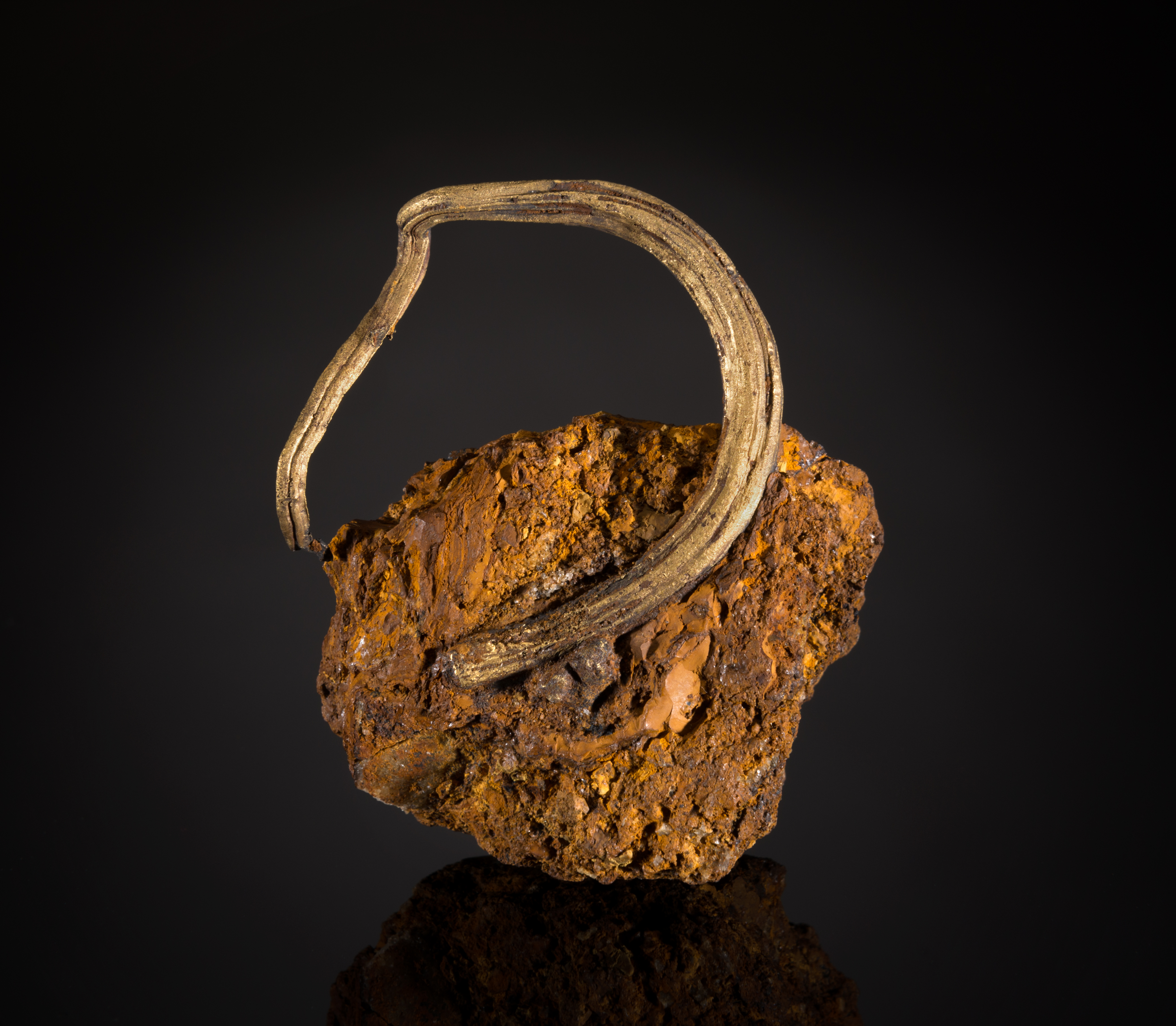
Produced and written by: Maurilio Tapia
Oct. 24 is the first day of the NBA season, giving our very own Denver Nuggets a golden opportunity to win back-to-back championships. But did you know that Colorado has always had a long history of lifting gold? Let’s talk briefly about the history of Colorado’s gold rush and highlight some of the best gold nuggets held inside the Denver Museum of Nature & Science.
You can see more nuggets and other incredible gems inside Coors Gems & Minerals Hall. Who knows, maybe you'll see a Denver Nugget inside the Museum! 👀👀 Take a walk with Dr. James Hagadorn through our Gems & Minerals Hall to discover the nuggets we have on display at the Denver Museum of Nature & Science. See video below:
History Behind Nuggets
Colorado’s gold rush began at the start of 1859, sprouting in many towns like Denver, Boulder, Breckenridge and many more. George Jackson’s discovery of gold veins near Idaho Springs gained national attention and brought in many miners into the area. Throughout the years, many giant pieces were mined and eventually donated to the Denver Museum of Nature & Science. Below, we highlight some of the best pieces in our collections.
1. Tom's Baby
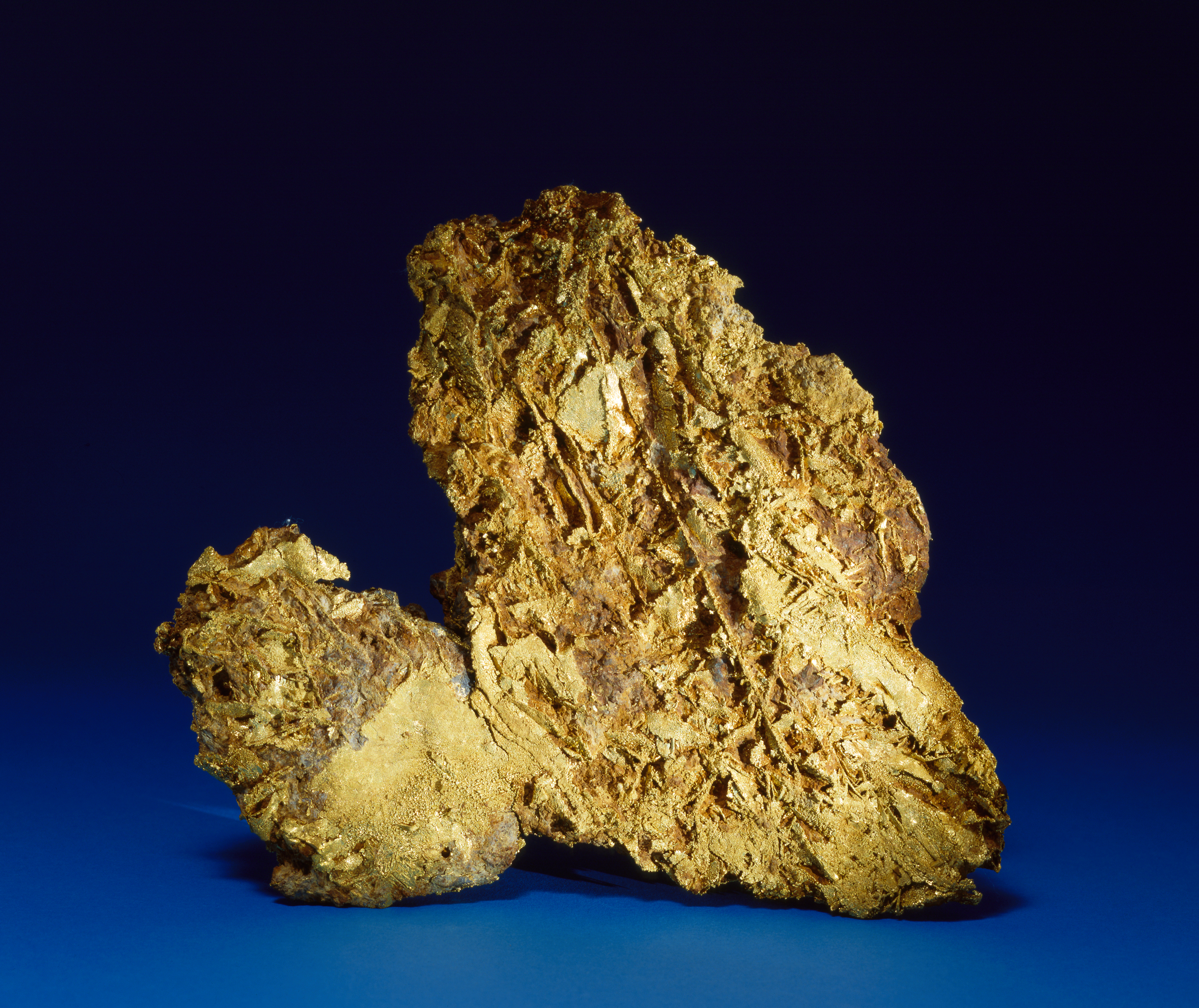
Credit: Rick Wicker, Denver Museum of Nature & Science
This 13 and a half pound piece of leaf gold is Colorado’s most famous gold nugget. Found in Breckenridge, Colorado in 1887 by Tom Groves and Harry Lytton, it was originally wrapped in a blanket and paraded around the town by Tom, earning its moniker “Tom’s Baby”. Museum co-founder John Campion acquired the piece to donate to the museum as one of its founding collections.
2. Summitville Gold Boulder
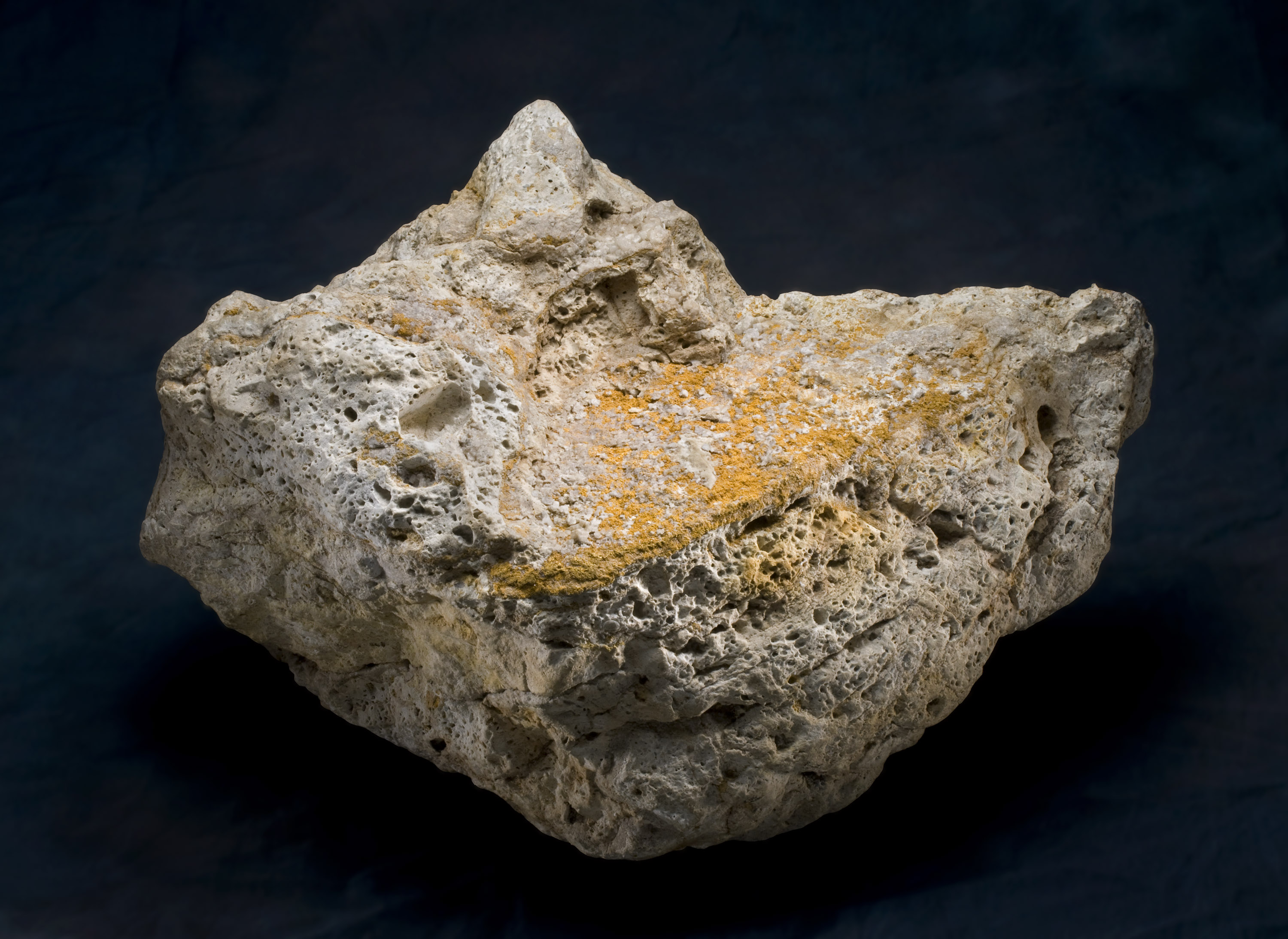
Credit: Rick Wicker, Denver Museum of Nature & Science
This 141 pound gold-filled boulder is the largest gold nugget ever found in North America, estimated to contain about 316 ounces of gold. Near the now-ghost-town of Summitville (near Pagosa Springs, Colorado), heavy equipment operator Bob Ellithorpe found the boulder along a hillside in 1975. The American Smelting and Refining Company, who had rights to the mining claim on the land, donated the specimen to the museum for display in 1976.
3. The Ram's Horn

Credit: Rick Wicker, Denver Museum of Nature & Science
This curly specimen is one of the rarest types of gold worldwide—wire gold. Formed like metallic frosting that was squeezed out of a baker’s piping bag, it was found in 1887 near Red Cliff, Colorado, and donated to the museum by Alice Cheesman in memory of her husband, Walter (think: Cheesman Park).
4. Crystalline Gold
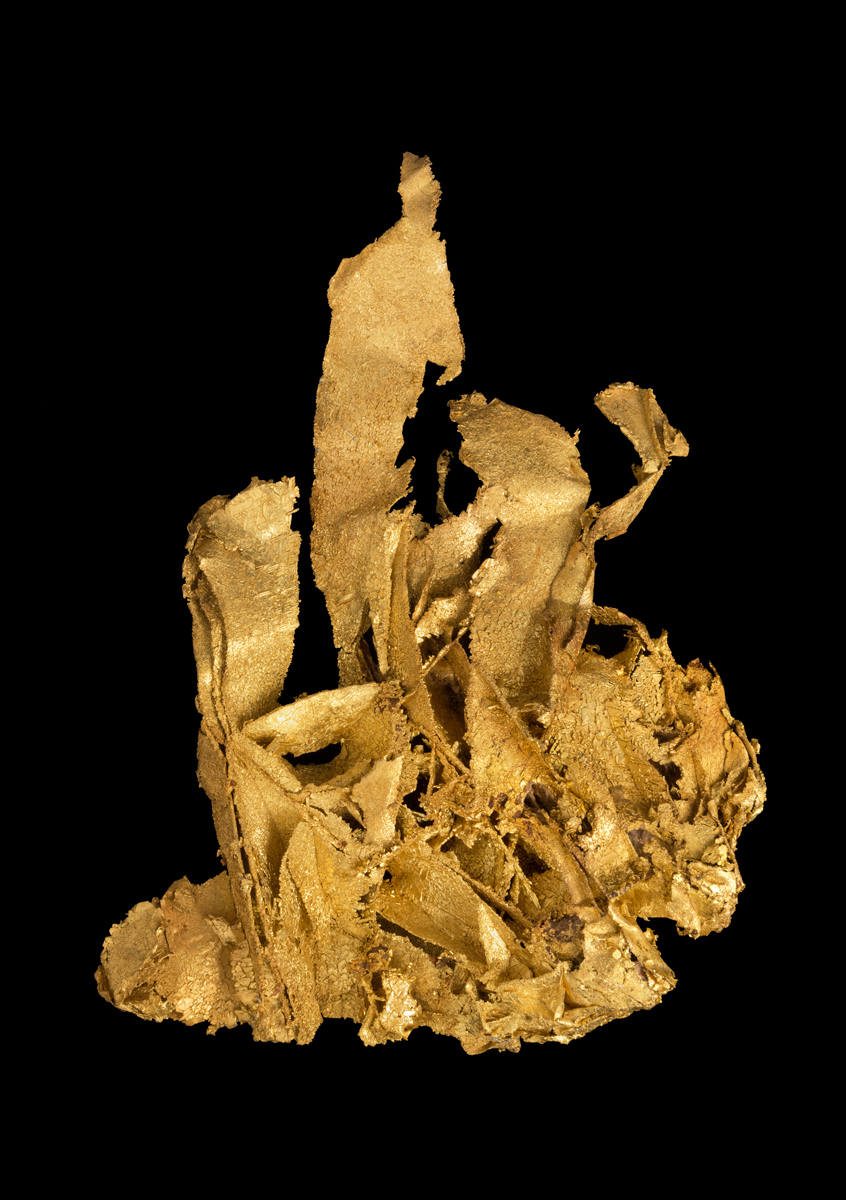
Credit: Rick Wicker, Denver Museum of Nature & Science
This specimen is the largest example of the most coveted type of gold known—crystalline gold. In this specimen, the flat, blade-like leaves of gold are covered in thousands of tiny pyramid- and square-shaped crystals of gold. Weighing about a pound and mined near Breckenridge, Colorado in the 1890s, this specimen and its brethren were donated to the museum by museum co-founder John Campion. It is notable because it has been continuously on display since the museum opened on July 1, 1908.
5. The Turtle
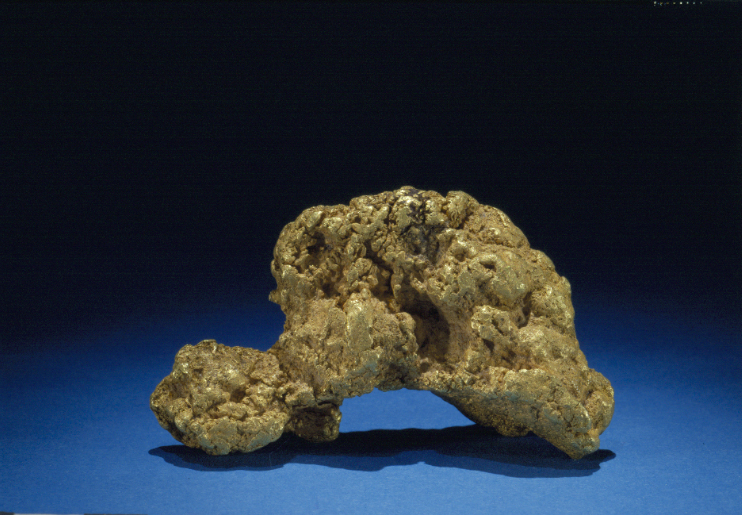
Credit: Rick Wicker, Denver Museum of Nature & Science
Found in 1900 in an ancient streambed near Fairplay, Colorado, this 8 ounce nugget is famous not only for its size but its turtle shape. Like finding clouds that are shaped like teddy bears, many pieces of gold have evocative shapes that are named after animals that bear a similar shape. This specimen was donated to the museum by Paul and Hilde Seel in 1984.